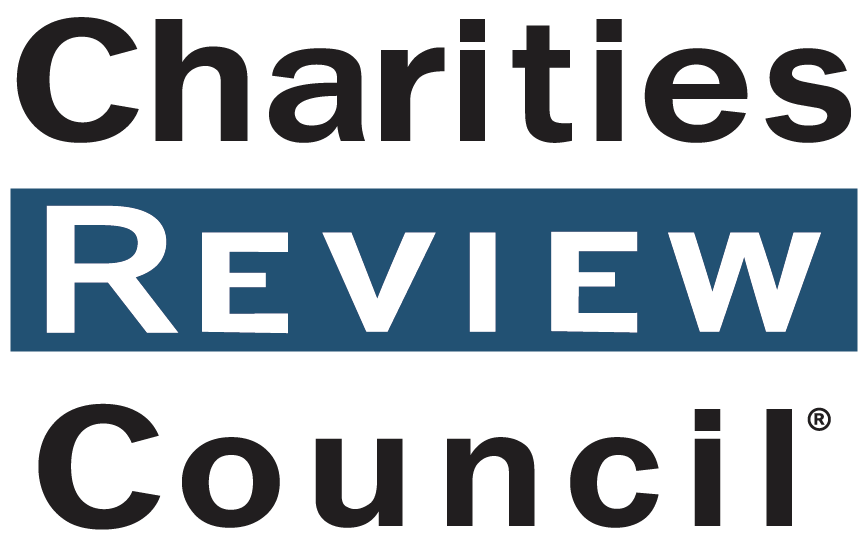I admit it. I am a planner.
I plan everything from what I am going to focus on at work each day to what my family will have for dinner each week. A plan helps me focus. So naturally, I also like to create a plan and budget for my charitable giving.
By budgeting and planning ahead, I know how much I can afford to give and I am more proactive rather than reactive in my giving. Planning a budget also helps me say “No” to charities that I don’t know. Realistically, no one can support everything, and I am less likely to respond to pressure and on-the-spot requests if my giving plan concentrates only on causes that I have already identified. I also like to set aside some funds for unexpected requests such as disaster relief.
Planning doesn’t come naturally to all, but here are few tips from the Charities Review Council to get started.
- Review your giving priorities. What top issues match your values and interest? This can become your unique personal giving statement, encompassing your personal experience, the values, and issues you hold dear.
- How much of your income and assets do you want to use for “social investment,” or charitable giving? Divide that amount between your priority areas in a sensible manner that reflects the weight of each priority area … but it’s also wise to allocate some for the “unexpected.” Recent events have reminded us that unexpected disasters do happen, and they move us to want to help the victims of those disasters.
- Now find charities that effectively work toward the priority areas you’ve identified. You can use the Charities Review Council’s Charity Search to streamline your search using keywords.
- Check to see if the Council has reviewed the organizations you’ve selected. Visit the Council’s website to view our listing of reviewed organizations. Review results offer helpful information such as information about the organization’s mission and programs.

